I normally don’t like pointing this out as I believe most influences are extremely subconscious. Yet given enough time and hindsight I might as well supply my own thoughts to what exactly fueled the initial creative process. It’s a bit like a magician revealing their magic tricks. I’m going to get the most obvious out of the way, yes Ghost in the Shell, Akira and a lot of 90s cyberpunk anime and media are probably the most obvious connection to this. Anything I do remotely sci-fi related is probably fueled in part by watching Bladerunner when I was 5 years old, the one I called ‘Han Solo in the really scary movie’.
So I’d like to go into the more lesser known things, maybe even treat this as a recommendation list as I always tend to go back to these and annoy people about their existence. So here it goes.
Pale Cocoon
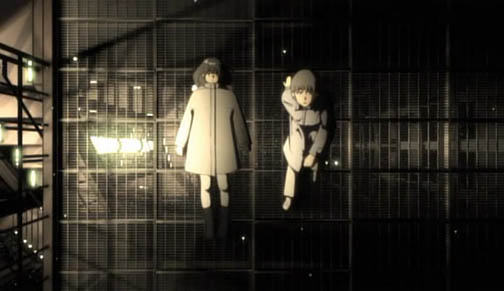
I’ve never met anyone who watched it on their own accord. It’s a 22 minute short anime film that takes place deep underground. Centering on an archivist intent on figuring out the lost history. I found this film in the mid 2000s just scouring any torrented anime I could. I likely just discovered this by hopping between subtitling groups. What really got me is the atmosphere and the gloominess, there wasn’t anything quite like its setting. The use of early 3D is very effective at getting across the vastness of the environments and vibe.
I still occasionally rewatch this film because it’s not too big of a commitment. I don’t keep up with anime these days because they generally don’t make them like this. I want to say Girl’s Last Tour is somewhat tangentially similar but eh… it’s missing something.
Philip K Dick's short stories
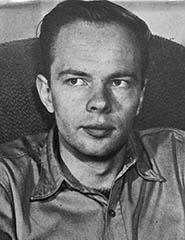
So this ties into another thing I really enjoyed, which are very short sci-fi stories that explore high concepts first and foremost. You likely watched a movie based on one of Philip K Dick’s works such as Total Recall or Bladerunner. Given that I’m ADHD and had a hard time sticking with super long epic tales, I took refuge in the short content that relied on hooks. Philip K Dick’s premises often focused on a particular aspect of dystopian narratives, rather than the overall despair. Even one of them reminds me of Pale Cocoon with a similar underground setting but I forget the title. Dick’s concepts often explore an alternate reality in which one aspect of our society could expand and grow. I think something like Farenheit or 1984 aren’t the end all be all of speculative fiction and it's worth exploring multiple avenues.
If you want a primer on his works in a bingeable TV form I find the anthology series Electric Dreams to be really good. There are some hit and misses but his narratives work well in a Twilight Zone / Outer Limits format. Shame there won’t be more than one season though. Aside from the obvious (Total Recall, Bladerunner) I also recommend A Scanner Darkly and Screamers if you want movie length adaptations.
Dark City
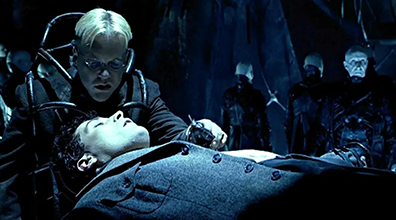
This was just based off of some recommendation out of nowhere on the internet, again I have never met anyone who knew about this or brought this film up ever. It came out in the shadow of The Matrix and even shared the same studio sets. Something that never leaves me is this film’s cinematography and vibe. It likely has to do with everything being artificial and everything being a set. There's a scene where two buildings move into each other, the movie magic is that well, they built two buildings on wheels and actually moved them. It has a very strange deco feel that’s hard to parse yet feels prevalent in dark 90’s movies. I’d talk about the premise and story but I think it’s best viewed not knowing anything going in. There's something about the closed in world that really sticks with me.
German Expressionism and Noir
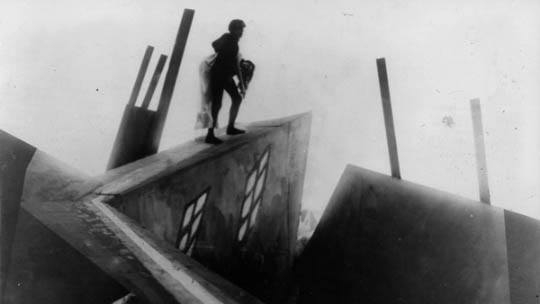
Everything’s been done under the sun, but I think a particular art movement that originated in Germany after the first world war is probably… well certainly a originator of many things, Noir, Horror, Goths (the ones that hang out in the mall) and to a longer extent, even Cyberpunk. After watching Osamu Tezuka’s Metropolis (2001) I found out there was a much earlier incarnation by the same name made in 1927, but he hadn’t seen the film, he merely just saw a poster for it. This sent me down a rabbit hole of exploring Fritz Lang’s work and realizing that Tim Burton took all of this aesthetics from Dr. Caligari. Coincidentally I realized this had an impact on Dark City and many other things.
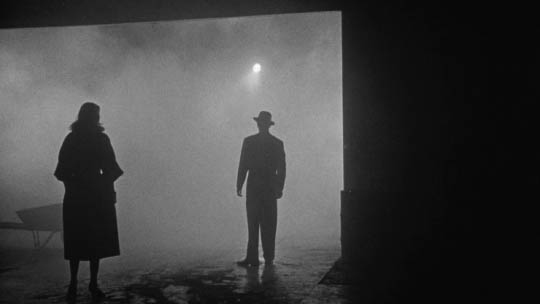
I remember finding a flyer that led me to a weekly showing of old noir films. A lot of old people showed up, but the presenter was a really knowledgeable film maker that exposed me to the ideas and contexts that noir films were made in. Really for their time they were just gangster films, it just so happened that the dark and moody lit ones like The Big Combo were looked back in hindsight as a sort of movement helped by none other than Fritz Lang himself when fleeing Nazi Germany. The German expressionists were not really concerned with portraying reality, but rather making the viewer feel something based on the visuals. This is largely present in silent films where you really had to convey fear and anxiety in more than just mere text and music. While noir films did not use distorted sets, the atmosphere and lighting carried on. When WW2 was over there was a collective relief, but also a certain fatalism and cynicism that came out of it.
Lonely Rovers

So we tend to launch a lot of things in space. At some point they run out of juice and are no longer able to communicate their findings and much like the dog Laika we usually leave them there with no exit plan. If a satellite were to lose contact with earth on accident, I’d imagine it’d still be doing its job to no avail. Nowadays we even have twitter accounts that humanize their last moments before shutting down. Back in 2019 NASA's Opportunity Rover had a very paraphrased message that got distorted in the headlines. We tend to humanize inanimate objects a lot especially if they look anything like Wall-E. I think a lot of humanity is not only extending ourselves into space but sending our emotions out there as well.
If I were to pull the curtain back a bit on the machine that BREATHES, the intro cutscene was sparked by those ideas. What intrigues me isn't a machine being lonely, but rather our own emotions that we impose on our own creations. They're inanimate tools that are just sitting there on some barren planet. Through a little story telling and social media we feel sad for them. Except instead of satellites and rovers I had to spin my own story to be underground for various reasons. The redundant productiveness and the hollowness of being alone in a large void fascinates me, and it’s explored a lot in this game.
That’s it for the ones I can think of or have the energy to write about (I should have done a paragraph for BLAME! but maybe that's its own article). Part of me also wanted to focus more on observations than just associated media. I think it does shatter the mystery or the magic trick if I lay out every aspect of the creative process. Yet at the same time it helps to look back and what might have led to the original core idea. I leave you with a quote:
I think that ideas exist outside of ourselves. I think somewhere, we're all connected off in some very abstract land. But somewhere between there and here ideas exist.
-David Lynch